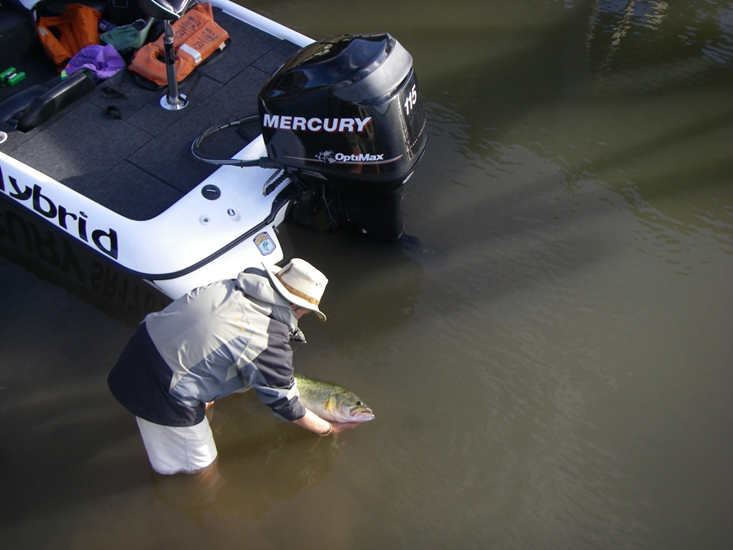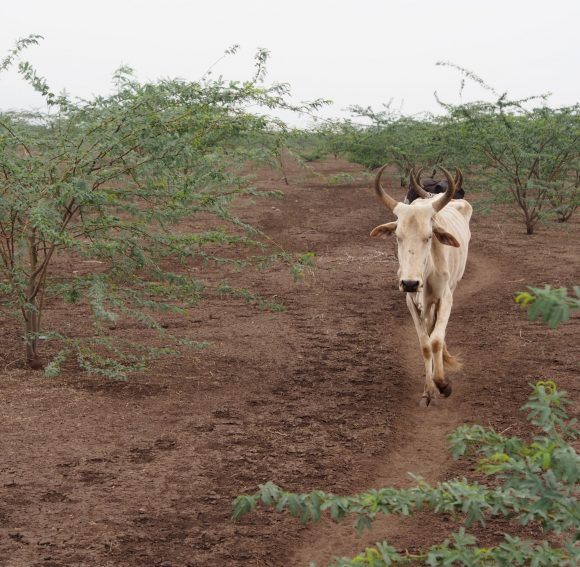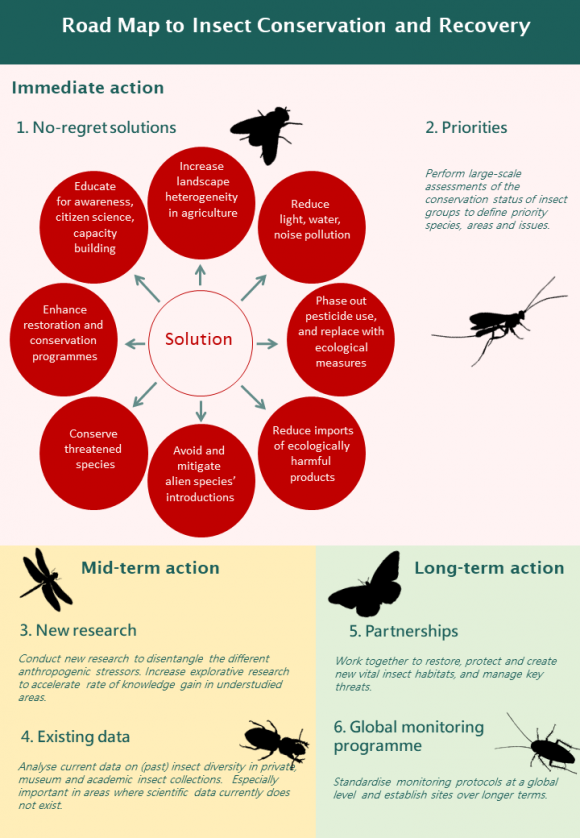5 August 2015 | By Olaf Weyl
Largemouth bass (Micropterus salmoides) are a popular and valuable sport-fish for anglers. They were introduced into South Africa in 1928, and have since been widely distributed across southern Africa. A predatory species, largemouth bass are a threat to native fishes, frogs and aquatic insects. Recreational fisheries are focussed mainly on populations in impoundments while biodiversity concerns are primarily in rivers. Understanding how largemouth bass move between impoundments and inflowing rivers is therefore essential for managing invasions.
To better understand largemouth bass movement behaviour, students Carl Huchzermeyer and Dylan Howell from C·I·B Core Team Member Dr Olaf Weyl’s freshwater research team at the South African Institute for Aquatic Biodiversity (SAIAB), undertook biotelemetry studies in the Kabusi arm of Wriggleswade Dam in the Eastern Cape. Acoustic transmitters were surgically inserted into largemouth bass and their movements were tracked over a 9-month period using an array of receivers (listening stations) in the Wriggleswade Dam.

Analyses showed seasonal patterns of area use of regions of different depths, and indicated that fish positions were influenced by water temperature and river inflow. Fish moved into deeper regions in the main body of the impoundments at the beginning of winter and moved back into shallow regions near the river inlet with warmer temperatures at the beginning of summer.
“The results from this study highlighted the importance of environmental factors, particularly water temperature, on the movement of largemouth bass.” says Olaf Weyl. “It may explain why – in winter rainfall regions largemouth bass are seldom found in small headwater rivers.” These results are important for the management of largemouth bass because they allow for an assessment of the risks associated with introductions in main stem impoundments.
Read the papers
For more information, contact Olaf Weyl at O.Weyl@saiab.ac.za




